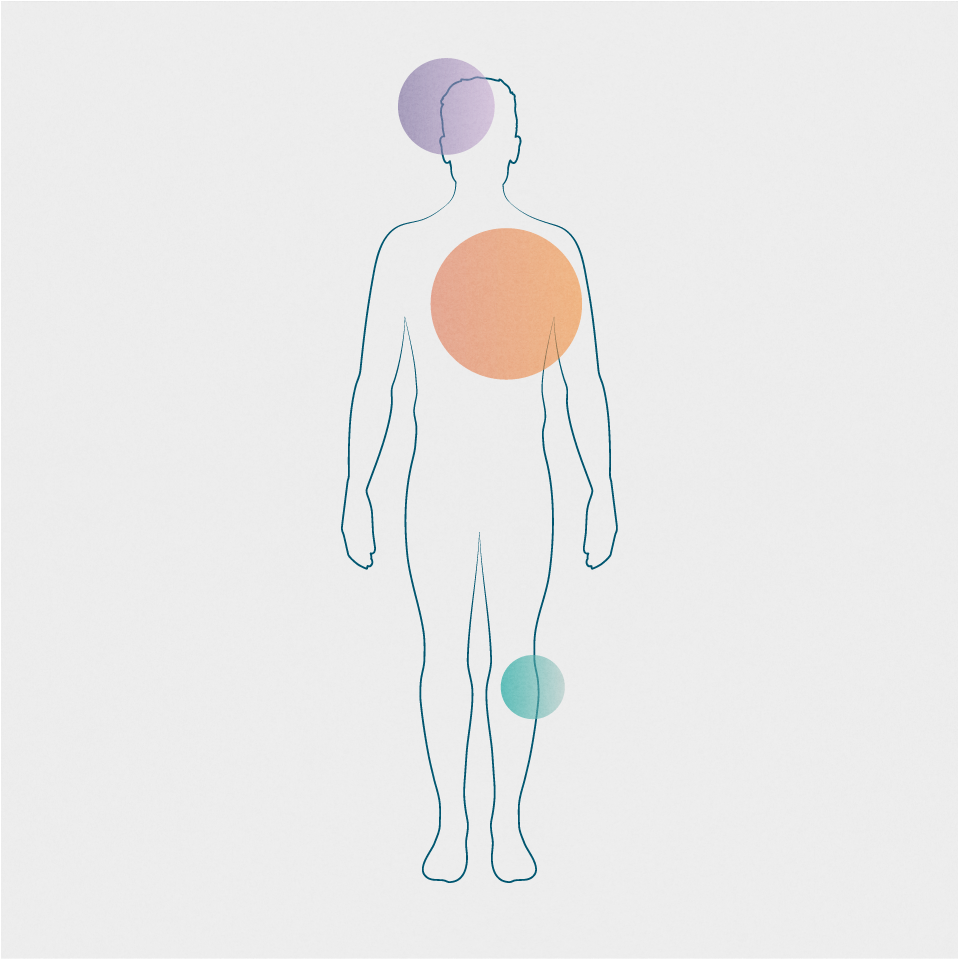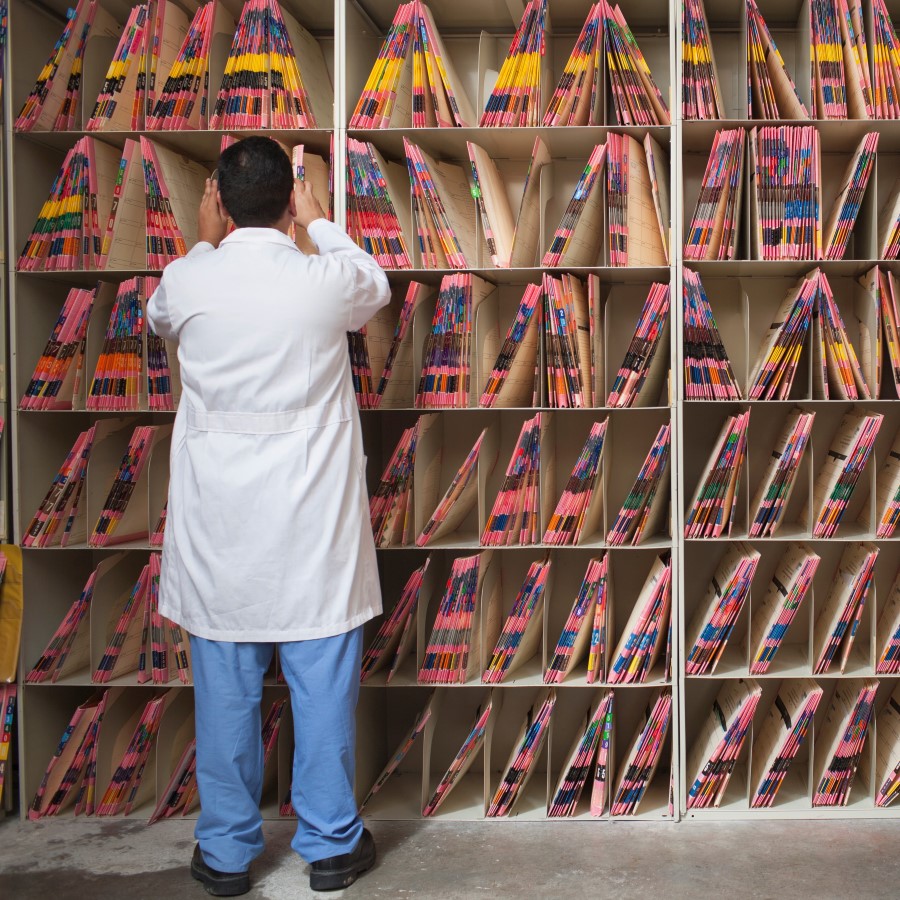
The impact of migraine on patients, families and society
The impact of migraine on patients, families and society
Patricia Pozo-Rosich, Vall d’Hebron University Hospital, Spain
Recently in regard to the research done studying the burden of migraine we have done a study in Spain, involving more or less 1,500 patients, where we have proven again when migraine affects a person, it actually doesn’t only affect them, but it impacts their family, children, spouses, their workplace and the rest of society. We all know and have known this previously but now perhaps it is true that we are starting to think that disability and impact should be primary outcome measures, because right now we consider frequency as a primary endpoint of improvement but maybe disability should be taken into consideration. In order to do that you need scales to measure and that is one of another of the recent advances that’s been done. Thanks to the CaMEO study, it is a study that has been done in the United States, specifically by Richard Lipton, and other authors but Richard Lipton and Dawn Buse, where they tried to develop a scale that would actually measure the impact of migraine in different types of families – so just if you had a spouse or a spouse with children or a single parent with children.
The results are interesting because they actually give us a tool to measure the impact in a quantifiable way. Until now we have disability scales and the impact of headache but what about the impact in the rest of the surrounding to the individual person that suffers migraine?
When a patient comes to my outpatient clinic they usually, if it’s their first time especially, want to know if you are in control and your knowledge of your disease – and the way of knowing this is to share it with them – they are anxious to understand better how their brain works, and there’s five questions that they want to be answered. And one is, “Why me, why not someone else?” You can answer or tell them that this is through genetics and we now know there are some genes involved in migraine and that has an impact. “Why now?”, and you have to tell them about habituation and the hypothalamus. You don’t use these technical words but you can actually help them understand why they have migraine. “Why is it here?” Well, you can tell them there’s a nerve in the periphery called the trigeminal nerve and this is the one that actually has pain, because the brain doesn’t have pain, or maybe also “Why is it so painful, why is it so disabling?” So all of these questions have to come up in the conversation. Then you have to allow them to ask you questions in order to finally convince them to change their lifestyle. When they see that you understand them and their disorder and then you give them nice advice that goes together with the other explanation, I think it’s far more convincing to end up with better results for them.
All of the studies that we’ve done too show that patients try to go to work but when they are at home, that’s where the impact is higher in the burden because when you’re at home with your family, you make an effort but not such a great effort because every now and then you have to relax, so I think the family is the most affected part. We also have to think that sometimes within a family there’s more than one person affected. So you can have a grandmother that has migraine, then maybe a father and a daughter – all the three together. They keep on skipping, imagine in the same household, migraines after migraines. So it’s hard.
The family can support the patient with migraine, first of all by coming to the outpatient clinic and also learning about what migraine is about. Usually migraine patients are adults, they can walk, so they usually come alone. They realise and they actually tell me, “next time I will come with my spouse, or my children, because I want them to hear what you just told me”. Getting involved means, first of all, understanding. They don’t feel understood, in general by anyone, but especially because that’s the people that they love the most, by those who are surrounding them, so making them understand, the rest of the family, what they’re suffering is very important to them.



